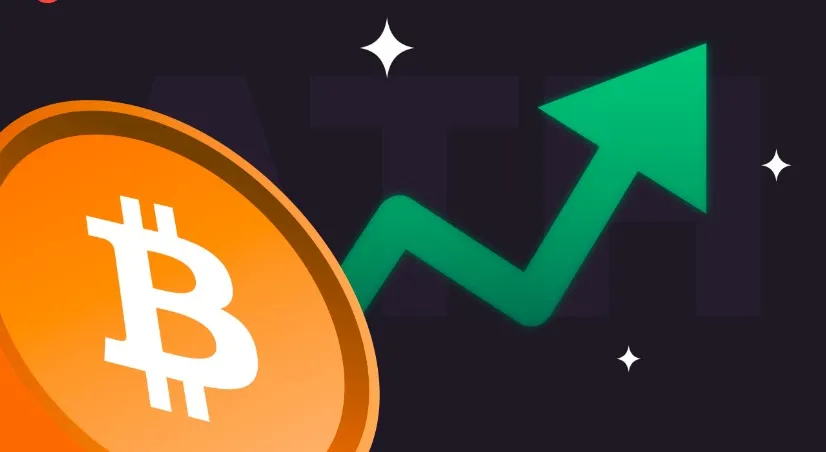
What is bitcoin halving and why it is needed
Halving is a regular event in the Bitcoin network, programmed by the creator of the cryptocurrency himself, Satoshi Nakamoto. The name comes from the English word halving, which means “halving”. The essence of this mechanism is simple - approximately every four years, the reward to miners for mining a new block is halved.
This process is built into Bitcoin’s algorithm to control issuance and prevent inflation. If miners always received the same number of coins, the total supply of BTC would grow too fast, which could devalue the cryptocurrency. With halving, the issuance of new Bitcoins gradually slows down until it reaches a maximum limit of 21 million coins.
What happens at halving?

When a halving event occurs, a change is automatically activated in Bitcoin’s code that reduces the reward per block. For example, if before the event, miners received 6.25 BTC per block, after the event, only 3.125 BTC. This affects the entire ecosystem: the speed of new coins appearing on the market is reduced, and miners have to recalculate their profitability.
Halving is not just a technical adjustment, but an important economic mechanism. It creates artificial scarcity, similar to the way gold mining becomes more difficult over time. This is why many investors and analysts are watching this event closely, waiting for a potential increase in the price of BTC.
When exactly will the bitcoin halving occur?
The exact date of the halving is not fixed and depends on the speed of block mining. On average, a new block on the Bitcoin network appears every 10 minutes, and a halving occurs every 210,000 blocks (roughly every four years).
The next halving of the reward is expected in 2028. The exact day can be determined using a countdown maintained by specialized services such as the bitcoin halving timer or the bitcoin halving counter. These tools show how many days to halving are left based on the current hashrate of the network.
And if you are not sure how to react to bitcoin halving or other crypto events and want to minimize your risks, you can use bots from Veles.finance. You will receive a welcome bonus when you register on the platform to test all the features, and in case of difficulties - you can always contact our support to understand the nuances and build your strategy correctly.
History of bitcoin halving by year
First Halving (2012)
This was the first halving in Bitcoin’s history, and at the time, the cryptocurrency had not yet attracted as much attention as it does today. The reward per block decreased from 50 BTC to 25 BTC.
After halving, a slow but steady growth began. Already a year later, in November 2013, BTC reached $1,100 - it was the first major bull trend in its history. The growth was explained not only by halving, but also by the growing interest in cryptocurrencies, as well as the emergence of the first exchanges and wallets.
Second Halving (2016)
By this point, Bitcoin had already become a well-known asset, and halving was followed not only by miners but also by investors. The reward decreased from 25 BTC to 12.5 BTC.
This increase was not only due to halving, but also to the hype around ICOs and the influx of new investors. However, a sharp collapse followed and bitcoin fell below $3,500 by the end of 2018.
Third Halving (2020)
This halving occurred at the height of the COVID-19 pandemic, when global markets were experiencing severe volatility. The reward per block dropped from 12.5 BTC to 6.25 BTC.
Despite the volatility, BTC posted an impressive rise to 69,000. Several factors contributed to the growth:
Institutional investors (such as MicroStrategy and Tesla) started buying BTC en masse.
The cryptocurrency market experienced the DeFi (defi summer) and NFT boom.
Inflationary concerns led many to view bitcoin as a protective asset.
Afterward, the exchange rate corrected again, but remained an order of magnitude higher than before the halving.
Fourth Halving (2024)
This time, miners’ rewards dropped from 6.25 BTC to 3.125 BTC.
At the same time, the bitcoin exchange rate surpassed an all-time high and peaked at $110,000 per coin.
History shows that after halving, bitcoin updates highs sooner or later. However, each cycle is unique and new factors may have an impact next time: regulation, ETFs on BTC, the development of the Lightning Network and competition from other cryptocurrencies.
How halving affects cryptocurrency mining
For miners, halving is a major challenge. As their BTC revenues are cut in half, the profitability of mining drops dramatically. It hits small farms with outdated equipment especially hard.
After each halving, some miners leave the market, which temporarily lowers the overall hash rate of the network. However, over time, if the price of bitcoin rises, mining becomes profitable again, and miners return.
Some switch to other cryptocurrencies, such as Litecoin, which also has halving litecoin. However, BTC remains the most stable and profitable asset in the long run.
Why halving affects the price of bitcoin
The main reason is the balance of supply and demand. When the number of new bitcoins decreases and demand stays the same or increases, the price should theoretically increase.
Historically, after halving, the BTC exchange rate has seen significant growth. In 2012, it increased almost 100 times in one year. In 2016-2017 - 10 times. In 2020-2021 - more than 3 times, and after 2024 - a little more than 2 times.
However, it is important to realize that halving is not the only factor affecting price. Macroeconomic situation, regulation, technological updates and investor sentiment are also not in the last place and thus increase the volatility of the asset, which we will discuss in more detail in the next part.